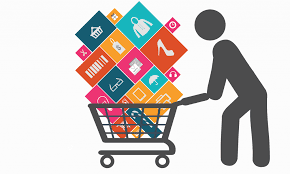Laws Could Stand in Way of Cashless Retailers

Article by Lucy Koch From eMarketer Earlier this month, Philadelphia passed a bill rendering cashless stores like Amazon Go and Sweetgreen illegal and banning future establishments from completely abandoning cash. By July 2019, most retailers in the city will be required to offer consumers a cash payment option... “The number of completely cashless businesses are few and far between, and research has shown that cash is still a preferred payment method for many shoppers in the US,” said eMarketer forecasting analyst Cindy Liu. An October 2018 survey from Pew Research Center showed that 70% of US adults used cash last year for at least some of their purchases during a typical week. Separately, 60% of US internet users polled by Cardtronics said that cash was the most available payment method for everyone, and another 90% viewed cash as essential to those without checking or savings accounts.










